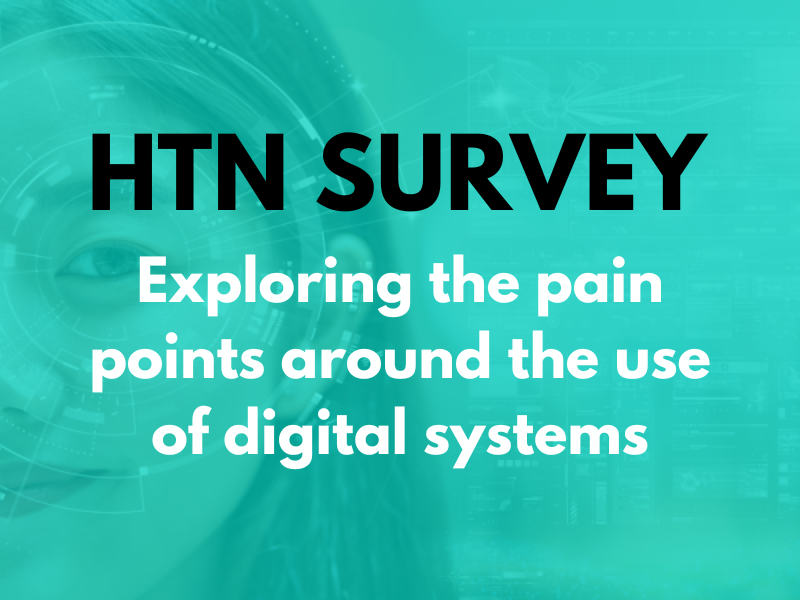An agreement between the NHS and the independent sector to help tackle waiting lists and meet the 18-week waiting time standard for elective care has been published, with NHS chief executive Amanda Pritchard highlighting the need to “make better use” of private sector capacity.
Under the agreement, NHSE and the independent sector commit to working on aligning digital systems “around a national set of standards” allowing patients to “more easily” see appointments and results via the NHS app, as well as to encourage longer-term contractual relationships, and to work together to grow and develop the elective workforce.
According to David Hare, chief executive of the Independent Healthcare Providers Network, this will support patient choice and enable the delivery of “an even wider choice of high quality services to NHS patients to bring waiting times down – all delivered free at the point of use and paid for at NHS prices”.
In its introduction, the agreement sets out expectations for all commissioners and providers to “adhere to the same set of standards of collaboration, transparency and accountability, with local relationships based on mutual respect and supported by a robust, rules-based system, while having the needs of patients front of mind”. It also commits to “regular” meetings between NHSE and the Independent Healthcare Providers Network to assess progress and ensure the agreement is delivering “the intended benefits for the wider healthcare system”.
On aims to improve planning, commissioning, reporting and data quality, the agreement notes “there is more to do to strengthen the relationship between ICBs and independent providers to help improve patient care”, according to the agreement. It goes on to detail the need to aim for long-term contractual relationships, to work closely together to enable further independent sector capital investment, to support future growth in NHS diagnostic and elective capacity, and to ensure data submissions comply with NHS guidance and standards.
The agreement also looks to the role of the independent sector in driving patient choice and empowerment, with a commitment from the sector to reviewing clinical exclusion criteria to “ensure these allow choice of an independent provider for as broad a cohort of patients as possible, subject to the ongoing provision of safe services”. NHSE, in turn, commits to improving transparency on “how patient choice is operationalised at a local level” by publishing data “which can be ranked” to support that ambition.
Moving on, the agreement focuses on the need to use “transparent” payment mechanisms, with the NHS Payment Scheme remaining “transparent and fair” for both NHS and independent providers. The scheme should incentivise both current activity and long-term investment, it states, as well as offering a framework for delivering clinical transformation “such as reducing low-value follow-up activity and mitigating referral demand” to ensure services are “productive and sustainable”. It also sets out the requirement for all providers to ensure patient coding is accurate and high quality, adhering to National Clinical Coding Standards.
And finally, the agreement touches upon the growth and development of the elective workforce, noting the “dedication and professionalism” of the workforce, but the “finite number of suitably qualified professionals” available “regardless of where they work”. With this in mind, it continues, “NHS and independent healthcare employers should work together to identify existing and future local staffing requirements to support workforce planning and professional training”. In turn, independent providers are expected to “ensure that capacity offered to the NHS provides additionality to system capacity and is capable of being staffed without having a material impact on the existing local NHS workforce”. NHSE commits to setting out plans with national and local professional NHS trainee programmes to provide them with access to training within the independent sector; whilst independent providers should offer access for training opportunities “where appropriate” under the NHS Standard Contract.
To read the partnership agreement in full, please click here.
Read more on plans for reforming elective care
HTN covered the publication of Lord Darzi’s report back in September, focusing specifically on its implications for the use of tech and data within the health sector, and Darzi’s observations that the NHS “continues to struggle to fully realise the benefits of information technology” and “always seems to add to the workload of clinicians rather than releasing more time to care”. Over the past 15 years, whilst other sectors have been “radically reshaped” by digital technologies, Lord Darzi stated that the NHS is “in the foothills of digital transformation” and highlighted the last decade in particular as a missed opportunity to prepare the NHS for the future by embracing technology and its ability to support a pivot from a “diagnose and treat” model to one focused on prediction and prevention.
Earlier this week, HTN covered the Prime Minister’s Office’s take on the Elective Reform Plan, which shared details including additional funding for trusts who “make the fastest improvements in cutting waiting times”, which “could include investment in cutting edge AI diagnostic equipment or hospital ward maintenance”. The update also noted how these reforms are “fundamental and necessary” in addressing the challenges facing the NHS outlined in Lord Darzi’s report.
And we took a detailed look at the newly-published plan for reforming NHS elective care, which sets out a vision of future NHS care which is “increasingly personalised and digital”, focusing on improved experience, convenience, choice, and control. “Different models of care will be more widely and consistently adopted,” it states, with the “more widespread” use of AI and other technologies helping to support productivity across the health sector.






